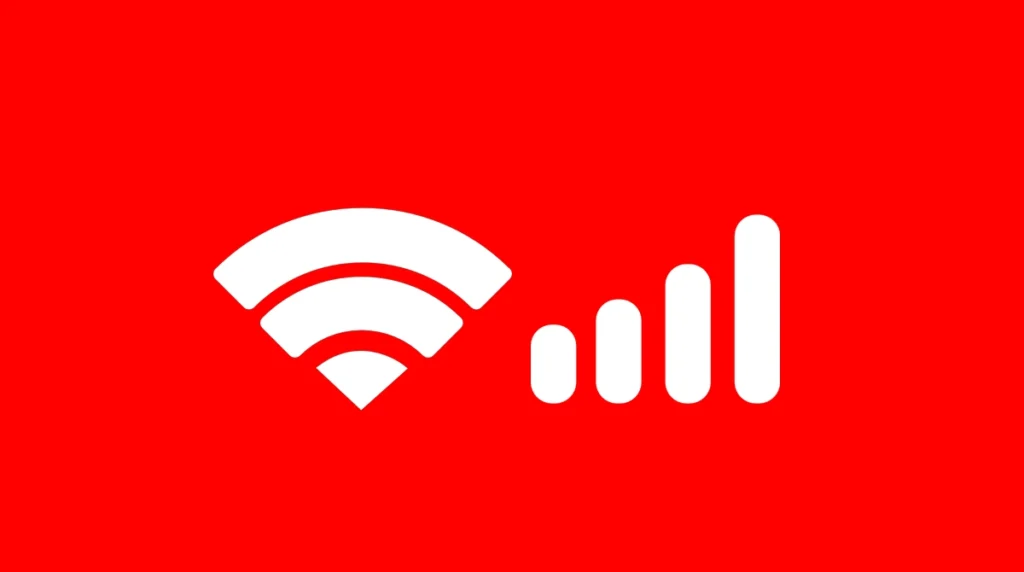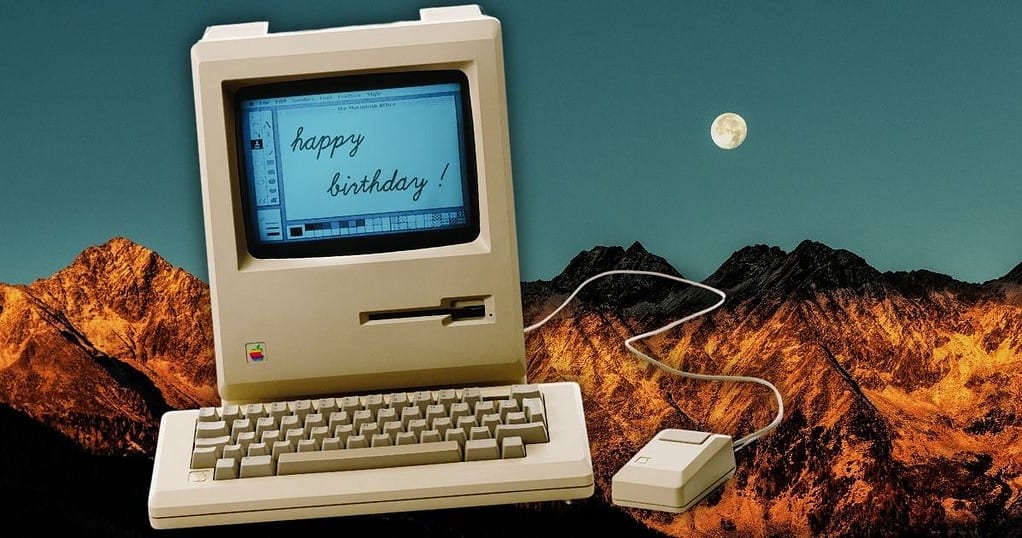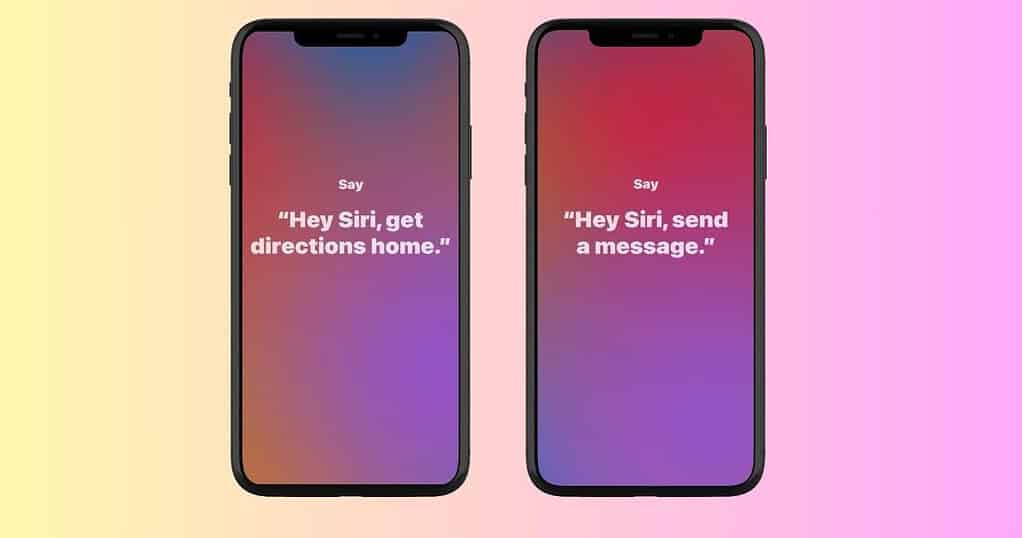Steve Jobs was a visionary. He had the ability to predict where technology was headed. From the rise of mobile computing to digital content consumption, many of his forecasts have shaped the tech world we live in today. But how accurate were his predictions? Now that we’re in 2025, let’s take a look at what Jobs got right, what he missed, and how his vision continues to influence the industry.
1. Ubiquity of the Internet

To Jobs, the internet was more than a trendy tool. He believed that it would become the foundation for communication, commerce, and entertainment. In a 1996 Wired interview, he described a future where the web functioned like a “dial tone,” always present and instantly accessible.
And it’s plain as day that this came true. With cloud computing, always-on connectivity, and AI-driven platforms, everything from banking to media consumption depends on the internet. Mobile networks have even expanded to 5G and beyond.
2. Rise of E-Commerce
Jobs predicted that people would “stop going to a lot of stores” as online shopping took over. At the time, e-commerce was in its infancy, but he saw its potential to streamline transactions and reduce friction.
Amazon, Shopify, and direct-to-consumer brands have reshaped retail. Physical stores are closing at record rates, and AI-driven recommendations have made online shopping more efficient than ever. The decline of malls and department stores directly reflects the shift Jobs anticipated.
3. Personal Computers in the Home

In 1985, Jobs argued that computers weren’t just for businesses—they would become essential for homes. This was a bold claim at a time when most saw them as niche devices for offices and universities.
Today, desktops, laptops, and tablets are household staples. Computers control home automation, security systems, and personal finance. This proves that Jobs saw an era where computers became central to everyday life.
4. Portable Computing Devices
Jobs envisioned a device that was portable, intuitive, and easy to learn. He called it a “computer in a book” that anyone could pick up and use. The idea led directly to the iPad, which, surely enough, revolutionized the tablet market in 2010.
Tablets have since replaced laptops for casual computing. You’ll see them everywhere in schools, hospitals, and businesses. Foldable screens and stylus-driven interfaces have also pushed the concept even further.
5. Virtual Assistants

Jobs spoke about computers acting as “agents” that anticipate user needs. The idea sounded like something out of a sci-fi movie at the time, but today, AI assistants like Siri, Alexa, and Google Assistant perform exactly that function.
These systems process natural language, automate tasks, and personalize experiences based on user behavior. With AI now embedded in operating systems and apps, Jobs’ prediction of a digital assistant handling everyday interactions has come true.
6. Cloud Storage
Jobs believed that storage would move beyond personal hard drives. Apple’s iCloud, Google Drive, and OneDrive brought this vision to life. Cloud services now store everything from personal data to AI models, reducing reliance on physical storage. The rise of streaming, cloud gaming, and web-based apps proves that Jobs was right. Local storage is no longer the priority.
7. Online Collaboration and Communication

In the early days of computing, Jobs argued that networks would be the driving force behind productivity. He saw a future where computers wouldn’t just store information but would enable real-time collaboration.
Today’s workspaces exist in Slack, Microsoft Teams, and Google Docs, where teams collaborate instantly. Cloud-based workflows and AI-driven automation have made remote work standard, proving that networking (not just hardware) defines productivity.
8. Direct-to-Consumer Business Models
Jobs believed that the internet would allow small companies to bypass traditional retail and reach customers directly. This concept underpins today’s direct-to-consumer (DTC) revolution, where brands sell through social media and e-commerce platforms without middlemen.
Apple itself has followed this model by eliminating third-party retailers wherever possible, selling directly through its website, App Store, and Apple Stores. The rise of subscription models and influencer-driven commerce further validates Jobs’ forecast.
9. Early Adoption of Technology by Children

Technology was traditionally designed for adults, so it was surprising when Jobs predicted that kids would start using it at a young age. Today, coding is part of elementary school curriculums, and classrooms rely on iPads, Chromebooks, and interactive software. Platforms like Duolingo, Khan Academy, and Prodigy Math show that digital learning has become the norm.
Technology will continuously evolve, and Jobs understood that better than anyone. His predictions outlined the trajectory of innovation decades in advance. While some ideas took longer to materialize, many have become an everyday reality. As tech continues to evolve, one thing is certain: there’s more to come.

#5 Virtual Assistants are not quite there yet. If we’re talking anything like a human personal assistant, we’re actually a long way off. To be able to do that, i.e.anticipate your needs, know what is most urgent for you at the moment, etc. a virtual assistant, at should have theory of mind. It should be able to form a reasonably accurate and fairly comprehensive picture of your thoughts, and possibly more importantly, your emotions.